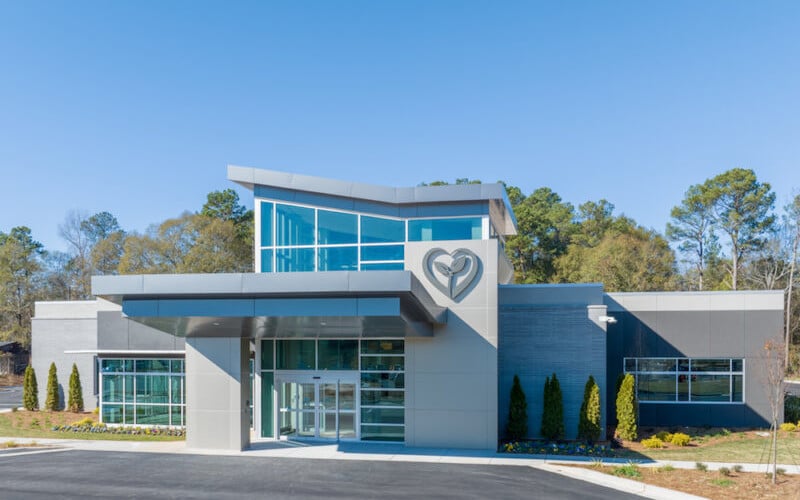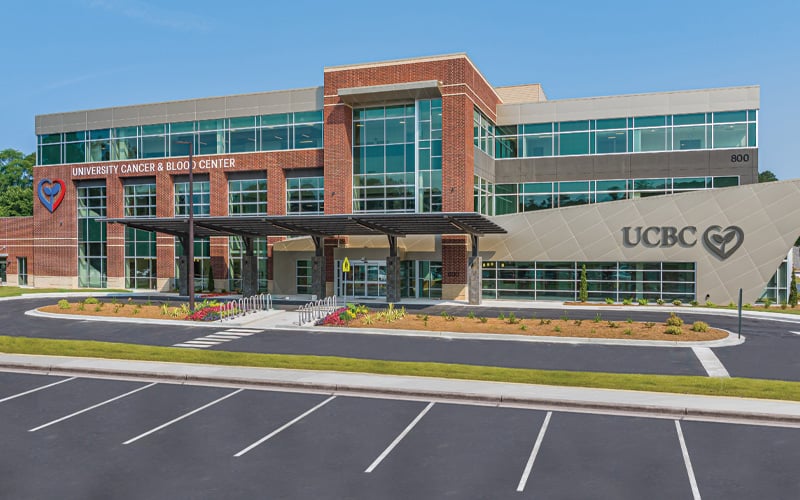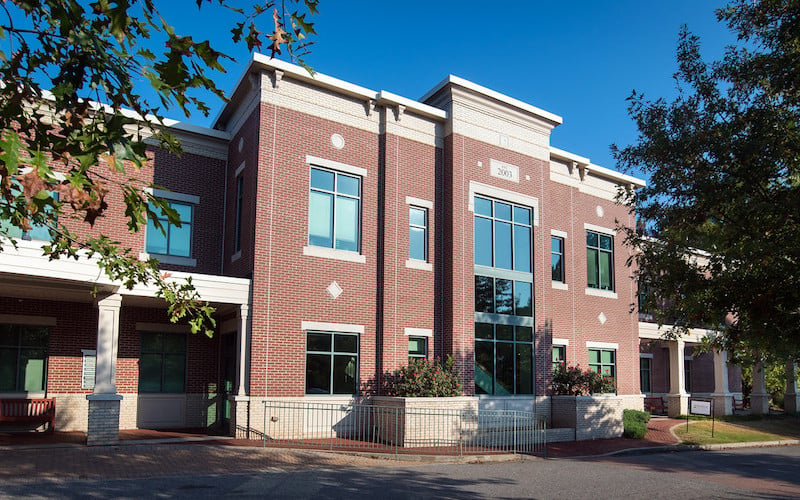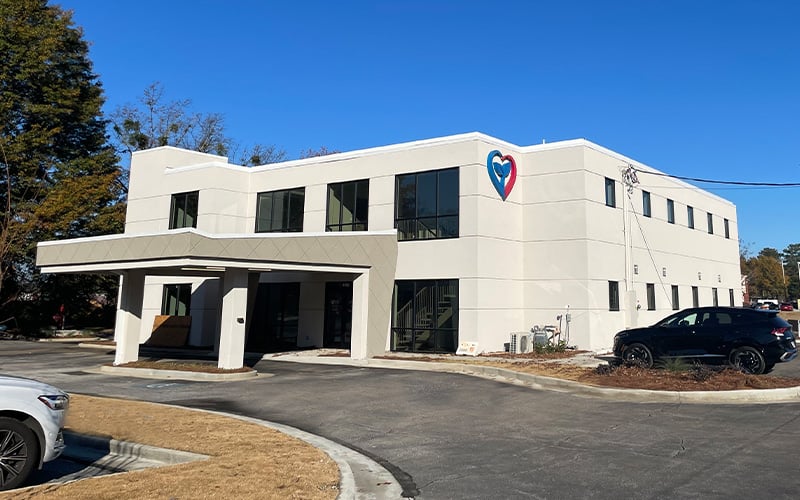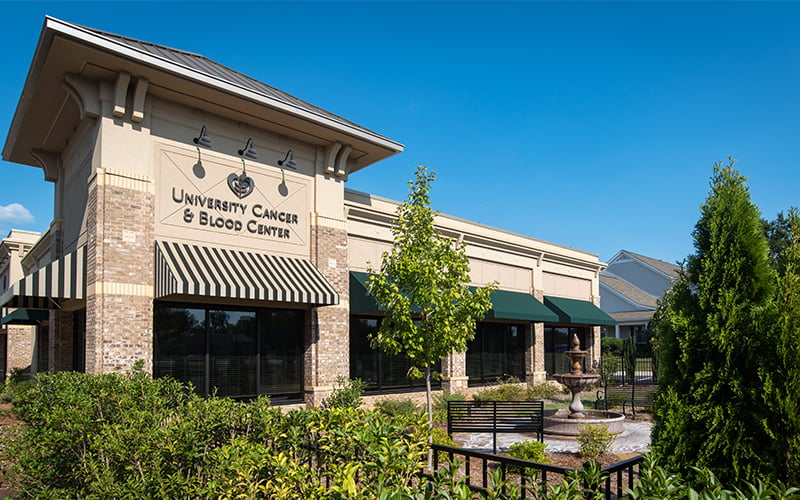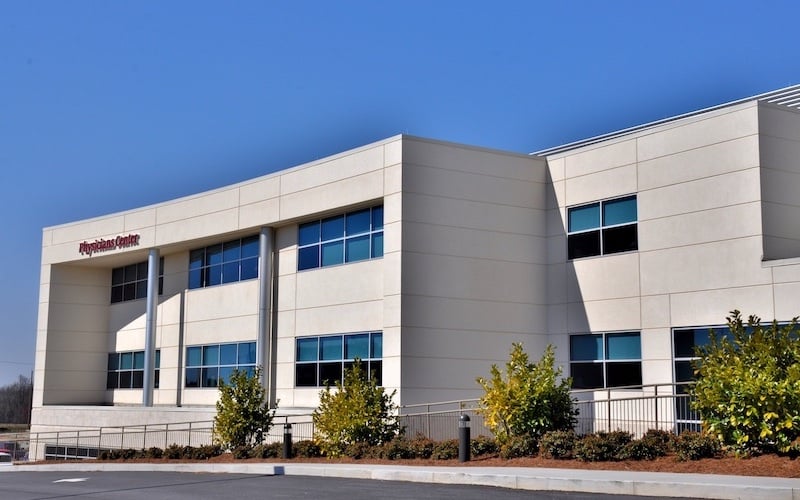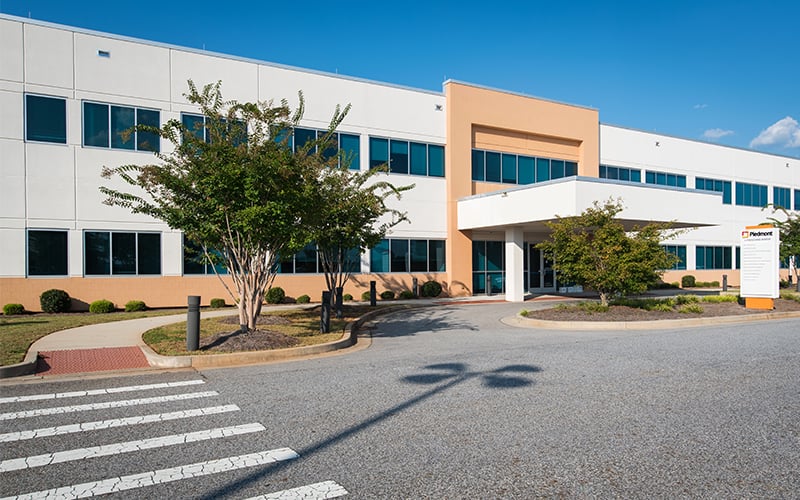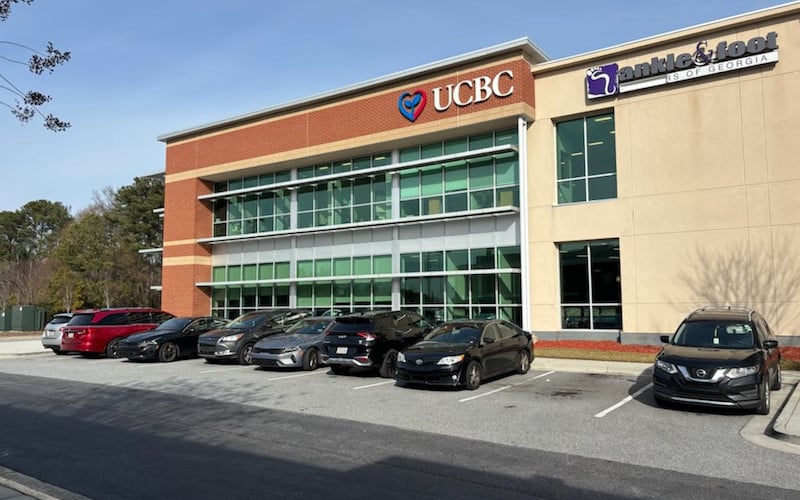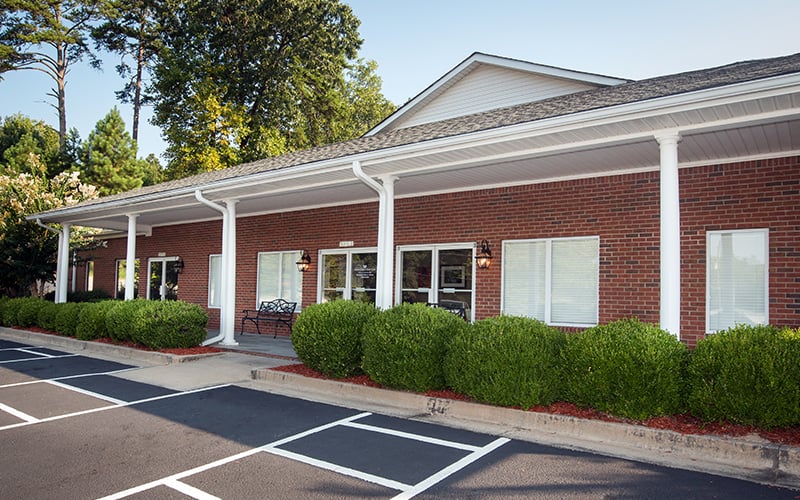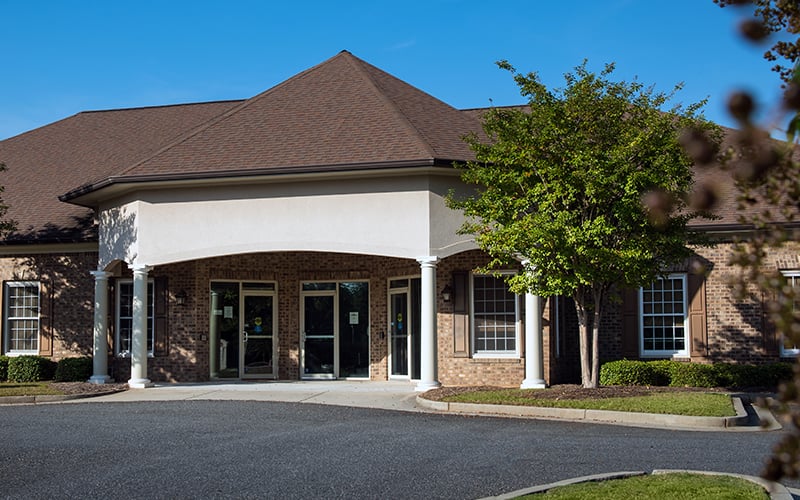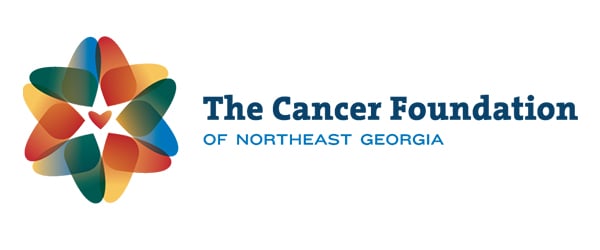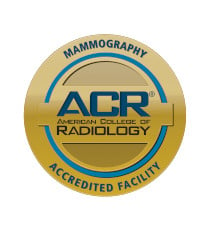Overview:
Leukemia is cancer of the body’s blood-forming tissues, including the bone marrow and the lymphatic system. Many types of leukemia exist. Some forms of leukemia are more common in children. Other forms of leukemia occur mostly in adults. Leukemia starts in early forms of blood cells, usually white blood cells, which help fight infections. In people with leukemia, the bone marrow produces abnormal white blood cells, which don’t function properly. Leukemia cells do not usually form tumors. But they can travel in the blood and go all over the body. Symptoms of leukemia vary but can include persistent fatigue, fever or chills, unintentional weight loss, swollen lymph nodes, enlarged liver or spleen, easy bleeding or bruising, recurrent nosebleeds, excessive sweating, and bone pain or tenderness.
Types of leukemia:
- Acute lymphoblastic leukemia (ALL). This is the most common type of leukemia in children. But it can also occur in adults.
- Acute myeloid leukemia (AML). This is one of the most common types of acute leukemia in adults. But it can also occur in children.
- Chronic lymphocytic leukemia (CLL). This is also among the most common types of leukemia in adults. It is mostly seen in older adults. It may be seen in younger adults but not usually in children.
- Chronic myelogenous leukemia (CML). This is a slightly less common type of leukemia that is seen mostly in adults. Very few children develop this type of leukemia.
- Other types. Other, rarer types of leukemia exist, including hairy cell leukemia, myelodysplastic syndromes and myeloproliferative disorders.
Treatment:
Treatments vary depending on the type of leukemia, age of the patient, and severity of the diagnosis. Treatments can include:
- Chemotherapy
- Radiation therapy
- Chemotherapy with stem cell transplant
- Immunotherapy
- Targeted therapy
To learn more about leukemias, click here.
